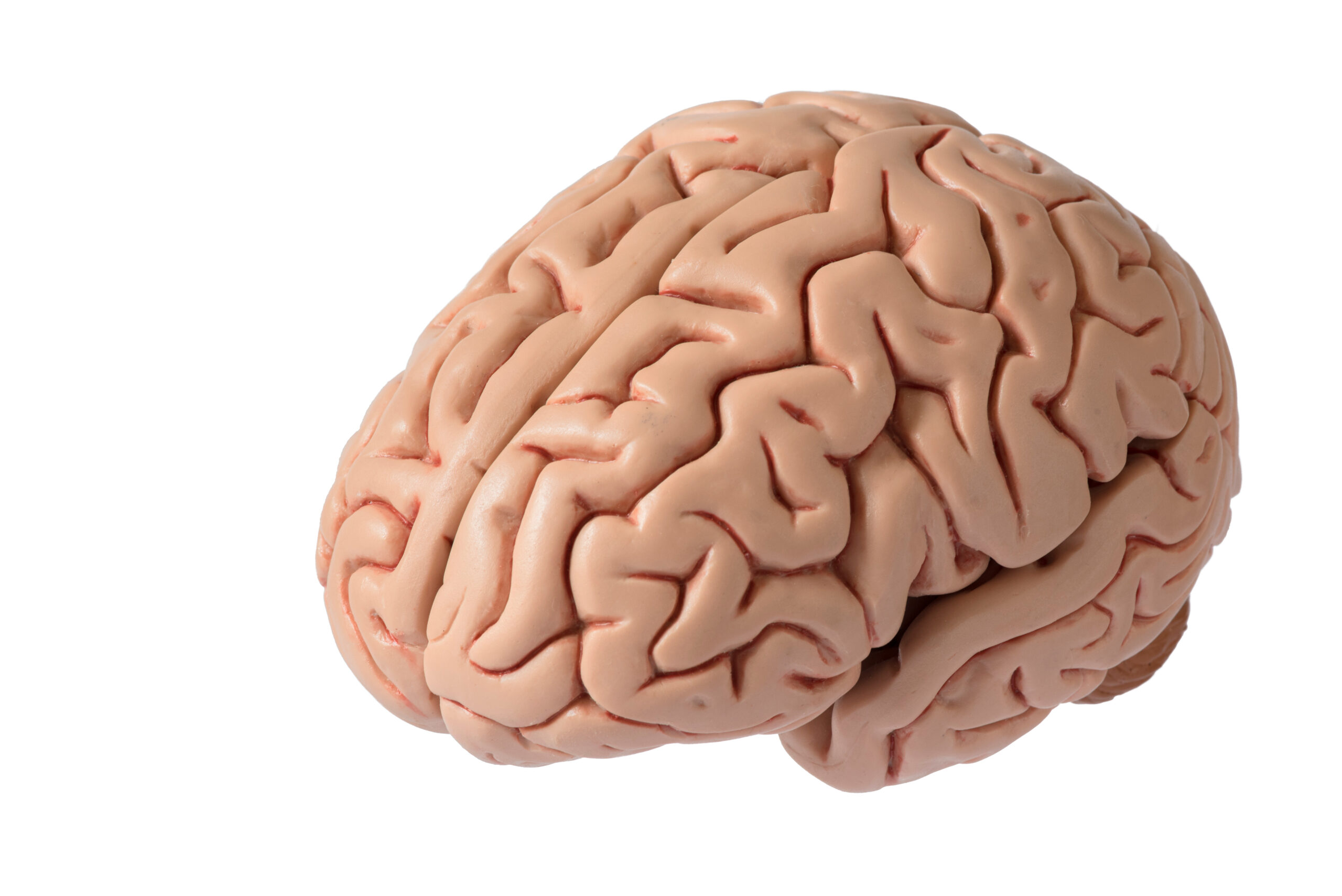How Your Childhood Hopscotch Grids Built Motor Planning Resilience
### How Your Childhood Hopscotch Grids Built Motor Planning Resilience
Do you remember playing hopscotch as a child? The simple game of drawing a grid on the ground and tossing a stone into each square before hopping to it might seem like just a fun activity, but it actually played a significant role in building your motor planning resilience. In this article, we’ll explore how playing hopscotch helped you develop essential motor skills and cognitive abilities.
### What is Motor Planning?
Motor planning is the process of thinking about and planning movements before you actually do them. It involves coordinating your muscles, nerves, and brain to perform actions like hopping, jumping, or even just walking. This skill is crucial for everyday activities and is developed through various physical activities, including games like hopscotch.
### How Hopscotch Builds Motor Planning
1. **Coordination and Balance**: Hopscotch requires you to hop from one square to the next, which improves your coordination and balance. These skills are essential for maintaining stability and performing daily tasks without tripping or falling.
2. **Memory and Sequencing**: The game involves remembering the sequence of squares and the specific movements required for each one. This helps develop your short-term memory and sequencing abilities, which are vital for learning new skills and following instructions.
3. **Fine Motor Skills**: Tossing the stone into each square requires fine motor skills, which involve using your hands and fingers precisely. These skills are also important for activities like writing, drawing, and even using small objects.
4. **Problem-Solving**: Hopscotch can be challenging, especially if you’re trying to complete the grid quickly or if you make mistakes. This challenge helps build problem-solving skills, as you need to think about how to correct your mistakes and continue playing.
5. **Spatial Awareness**: The grid layout of hopscotch helps improve your spatial awareness. You need to understand the layout of the squares and how to navigate through them, which enhances your ability to understand spatial relationships.
### The Long-Term Benefits
While playing hopscotch might seem like a simple childhood activity, it lays the foundation for more complex motor skills and cognitive abilities. These skills are not just limited to childhood but can benefit you throughout your life. For example:
– **Daily Activities**: The coordination and balance you develop through hopscotch can help you perform daily tasks more efficiently, reducing the risk of accidents.
– **Sports and Fitness**: The fine motor skills and problem-solving abilities you gain can enhance your performance in sports and other physical activities.
– **Cognitive Development**: The memory and sequencing skills you develop through hopscotch can improve your ability to learn new things and follow instructions.
### Conclusion
Playing hopscotch is more than just a fun game; it’s a valuable way to build motor planning resilience. By improving coordination, balance, memory, fine motor skills, and problem-solving abilities, hopscotch helps children develop essential skills that can benefit them throughout their lives. So next time you see a hopscotch grid, remember the important role it played in shaping your childhood and building your resilience.





